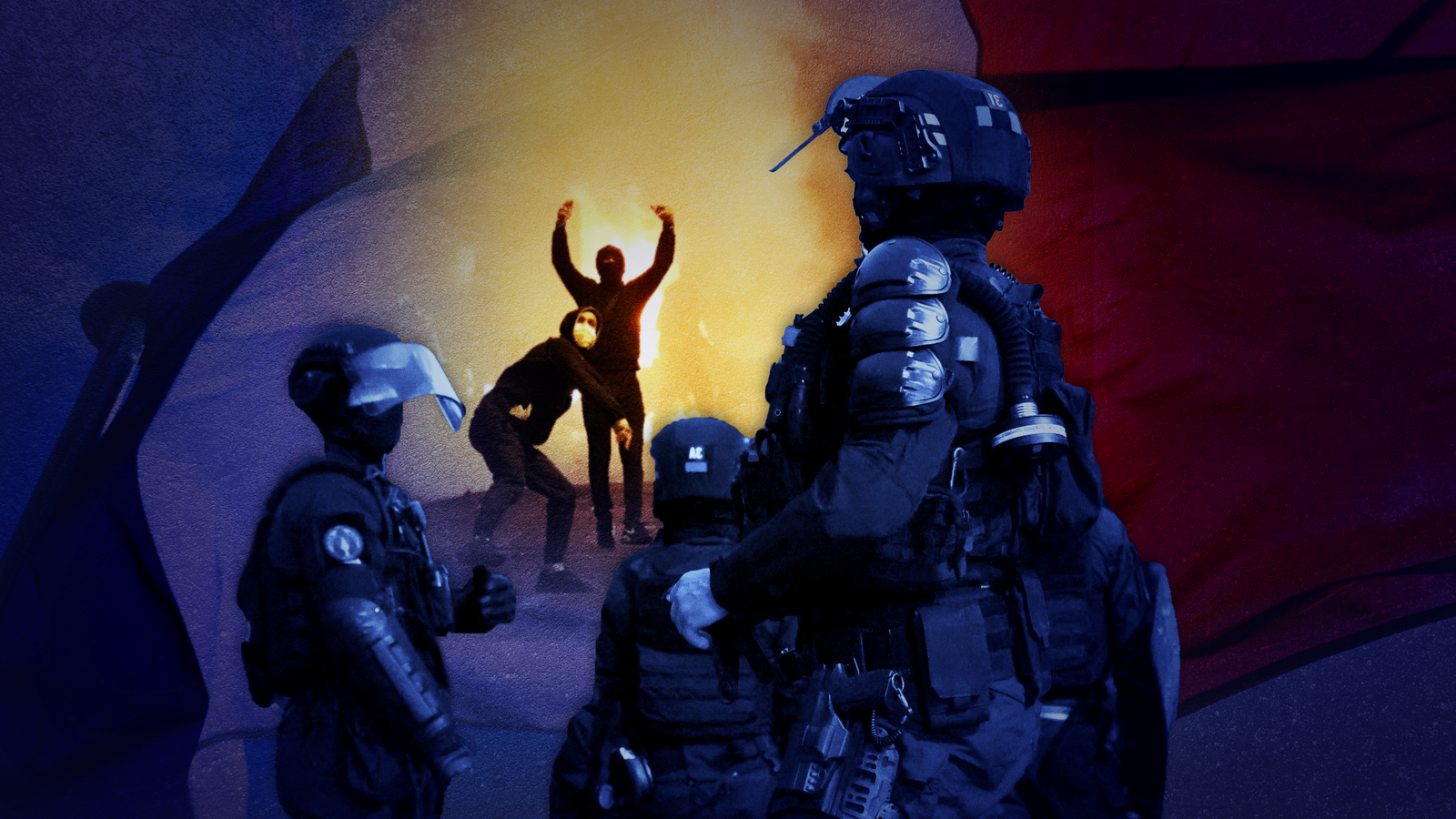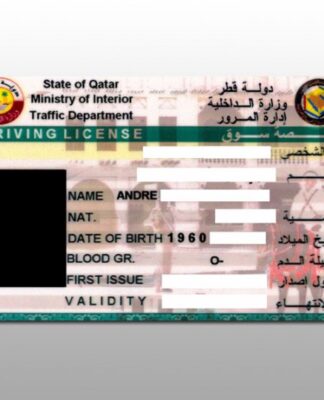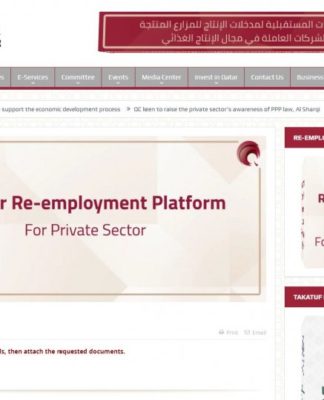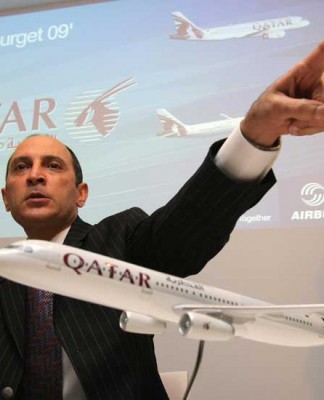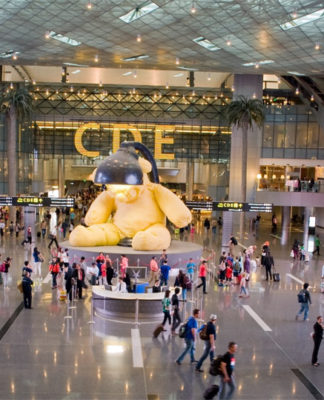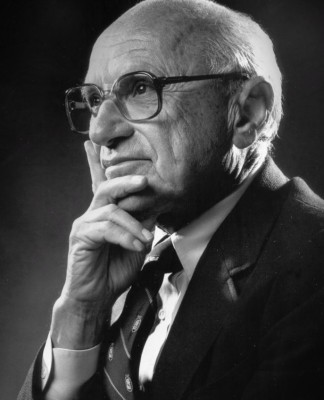Why are people protesting in France – and why is there a history of rioting?
Explainer
Why are people protesting in France – and why is there a history of rioting?
An expert tells Sky News that this week’s rioting in Nanterre and other French cities are “nearly well-rehearsed” following decades of tension with police.
Lara Keay
News reporter @LaraKeay
Thursday 29 June 2023 17:40, UK
Listen to this article
0:00 / 11:06
1X
BeyondWords
Audio created using AI assistance
Why you can trust Sky News
Riots have broken out in Paris and other French cities after a teenage boy was shot dead by police during a traffic stop.
Thousands of officers have been deployed and more than 100 people have been arrested as protesters clash with riot police.
President Emmanuel Macron has held an emergency security meeting to ensure “peace can return”, while French stars such as footballer Kylian Mbappe and actor Omar Sy have condemned police brutality.
Here Sky News looks at what happened and why the suburbs of French cities have a history of rioting.
France stops public transport and deploys 40,000 officers
What happened in Nanterre?
On Tuesday reports emerged of a police shooting in Nanterre – just over four miles north west of Paris.
Video footage, which has since been widely circulated online, shows two armed police officers stopping a yellow car.
They lean into the driver’s window with their guns before the vehicle pulls away and one of the officers fires towards it. A separate clip shows the car crashed into a post nearby.
Adam Parsons reports from Nanterre, Paris.1:53
Play Video – What happened in France?
Sky News Europe correspondent Adam Parsons reports from Nanterre
The Nanterre prosecutor’s office confirmed the victim was a 17-year-old boy, who has been named locally as Nahel M.
He died at the scene and the officer involved is being held in custody on suspicion of voluntary homicide, they said.
His mother appeared in a video on Instagram alongside an anti-police brutality activist, saying: “I have lost a child of 17 years old. They took my baby. He was still a child. He needs his mother.
“This morning, he said: ‘Mum, I love you’. I said: ‘Be careful’.”
Moment teenager is shot dead by police in Paris 0:14
Play Video – Moment teen shot dead by Paris police
Video shows moment of police shooting on Tuesday
A French police officer is being investigated for homicide over the fatal shooting a 17-year-old boy in the Paris suburb of Nanterre
Image:
The victim has been named locally as Nahel, 17
Read more:
40,000 police officers to be deployed across France
Eyewitness: Anger and anarchy have taken grip
In the aftermath, people took to the streets of Nanterre to protest, setting cars alight and throwing stones and fireworks at police – who responded with tear gas.
Buildings, including schools, town halls and the headquarters of the Paris 2024 Olympics in nearby Seine-Saint-Denis, were also set on fire.
Firefighters surrounded by burning vehicles during clashes between protesters and police in the Paris suburb of Nanterre in France
Image:
Firefighters try to contain car fires in Nanterre
Police forces clash with youths in Nanterre, outside Paris
Pic:AP
Image:
Protesters let off fireworks, Pic:AP
The violence has spread to other Parisian suburbs (banlieues) and cities elsewhere in France – from Toulouse to Dijon and Lille.
Police say 150 people have been arrested – more than half in the greater Paris region.
So far 40,000 police officers have been deployed to tackle unrest nationwide – including 5,000 in Paris.
Why is there a history of rioting in France’s suburbs?
Asked about the incident during a visit to Marseille on Wednesday, Mr Macron was quick to condemn the police’s actions, describing them as “inexplicable and unforgivable”. “Nothing can justify the death of a young person,” he said.
As he tries to manage the violent aftermath of the boy’s death, he will be all too aware of the heavily-entrenched tensions that lie behind it.
Dr Itay Lotem, senior lecturer in French studies at the University of Westminster, describes this week’s events as “nearly well-rehearsed”.
“A police officer kills a teenager from one of the underprivileged communities around Paris, triggering ripples of anger,” he says.
“Groups of disaffected youth take to the streets of the banlieue and target symbols of the state, whether police stations or schools.”
TIMELINE OF FRENCH SUBURBAN RIOTS
1979: Regarded as the first French suburban riot in the Lyon suburb of Vaulx-en-Velin after a young person of North African descent was arrested.
1991: In March, a department store and cars were set alight in Sartrouville, north of Paris, after an Arab teenager was shot dead by a supermarket security guard.
In June the same year violence broke out again in nearby Mantes-la-Jolie after a 32-year-old policewoman was hit by a stolen car and killed. Police later shot dead Youssef Khaif, 23, who was driving another stolen car in the area.
1992: The police station in Lyon’s Vaulx-en-Velin suburb was set on fire after 18-year-old Mohamed Bahri was shot dead by police after the car he was in drove towards a police roadblock.
1995: Riots broke out in several of Lyon’s suburbs after police killed Algerian terrorist Khaled Kelkal – one of the orchestrators of the 1995 bombings in Paris and Lyon. TV footage showed police shouting “finish him” before they killed him.
1997: Rioting in Dammarie-les-Lys, southeast of Paris, after 16-year-old Abdelkadher Bouziane was shot and killed by police, who also injured his friend.
1998: Riots lasted for two days on the outskirts of Toulouse after Habib Muhammed, 17, was shot by police during a car theft.
2005: Three weeks of riots and a state of emergency in the suburbs of Paris and other cities after two teenagers were electrocuted as they tried to evade police.
2007: The death of two teenagers, 16 and 17, whose motorbike crashed with a police car sparked two days of rioting in Val-d’Oise, to the north of Paris.
2009: Riots took place on 9 July and again on 4 July (Bastille Day) in the eastern Parisian suburb of Montreuil after the death of Mohamed Benmouna, a young Algerian man, in police custody.
2013: Trappes near Paris experienced rioting after a Muslim man was arrested for assaulting a police officer who had tried to lift his wife’s veil following the ban on face coverings in 2010.
2016: The death of a black man, Adama Traore, in police custody after he was restrained triggered rioting in several French cities and a wider ‘Justice for Adama’ anti-racist movement.
2017: Riots lasted almost two weeks after Theo Luhaka was arrested and claimed he was racially abused and raped by police with a baton in Seine-Saint-Denis, north of Paris.
The origins of the ‘banlieue’ stem back to the years following the Second World War, when the French government began to provide social housing en masse. This resulted in thousands of tower blocks being built on the periphery of French cities between 1945 and 1975.
They were originally designed for lower-middle class families who commuted for work. But in the 1970s amid high unemployment and racial tensions following the Algerian War and the end of French colonialism, they became increasingly occupied by low-income, immigrant communities.
Underfunded by successive governments with poor quality housing and job prospects, they were labelled “problem” or “high-risk” areas.
Crime was high and young people on the streets would often clash with police, who had a reputation for a brutal, zero-tolerance policy of unrest.
French police stand next to municipal police cars, burnt during night clashes between protesters and police, following the death of Nahel, a 17-year-old teenager killed by a French police officer in Nanterre during a traffic stop, at a police station in Mons-en-Baroeul, near Lille, northern France, June 29, 2023. REUTERS/Pascal Rossignol
Image:
A burnt out car in Nanterre
A view shows the police station near the city hall of Mons-en-Bar?ul, damaged during night clashes between protesters and police, following the death of Nahel, a 17-year-old teenager killed by a French police officer in Nanterre during a traffic stop, in Mons-en-Baroeul, near Lille, northern France, June 29, 2023. REUTERS/Pascal Rossignol
Image:
Damage to a local police station
‘Clean out the estates’
The first ‘banlieue’ riot was in 1979 in the Lyon suburb of Vaulx-en-Velin, which broke out after a local teenager of North African descent was arrested.
The most notable, however, came in 2005 and lasted for three weeks. It started in Clichy-sous-Bois, north of Paris, when two youths were electrocuted and died as they tried to evade police.
A state of emergency was declared after protesters burnt down buildings and set fire to cars.
A burnt out van in Clichy-sous-Bois near Paris in 2005
Image:
A burnt out van in Clichy-sous-Bois near Paris in 2005
Nicolas Sarkozy meets French riot police in Perpignan southern France in 2005
Image:
Nicolas Sarkozy meets French riot police in Perpignan southern France in 2005
Future President Nicolas Sarkozy, then interior minister, inflamed tensions by vowing to “clean out the estates with a Karcher” (a brand of pressure washer) and using the words “yobs” and “trash”.
These tensions “have only been amplified” by the far-right since then, Dr Lotem adds, particularly the National Front, which began achieving electoral success in the early 2000s.
The daughter of its founder, Marine Le Pen, who rebranded the party National Rally in 2018, has described Mr Macron’s condemnation of the police this week as “excessive” and “irresponsible”, saying he should “let them do their job”.
Although the 2005 violence sent shockwaves around the country and triggered a wave of reform programmes in the banlieues, repeated incidences of rioting suggest little has changed since then.
“When many rioters today claim they are not heard, they address 2005 as a moment after which nothing changed,” Dr Lotem says.
And for teenagers who do not remember 2005, “the frustration with the state has been nurtured through the politics of the post-2005 era”, he adds.
How is the government responding?
Leading an emergency security meeting on Thursday, Emmanuel Macron described this week’s “acts of violence… against a police station, schools, city halls” as “totally unjustifiable”.
But he insisted there must be “remembrance and respect” to the victim’s family and his community, particularly during the silent march that took place in Nanterre on Thursday.
French Prime Minister Elisabeth Borne said police seen in the video circulated “clearly don’t respect the rules of engagement of our security forces” and she hopes “calm will prevail over anger”.
People attend a march in tribute to Nahel, a 17-year-old teenager killed by a French police officer during a traffic stop, in Nanterre, Paris suburb, France, June 29, 2023. The slogan reads “Justice for Nahel”. REUTERS/Sarah Meyssonnier
Image:
People march through Nanterre in memory of Nahel
Initially, Interior Minister Gerald Darmanin described the footage of the incident as “shocking”, but in response to the rioting he said: “The state must be firm in its response.”
Dr Lotem says that although politicians want to appear sympathetic, there is still widespread distrust among the communities involved.
“The main bone of contention is the perception of the state as the main facilitator of police violence,” he says.
French President Emmanuel Macron meets with residents as he visits the Benza district in Marseille
Image:
French President Emmanuel Macron on his visit to Marseille this week
He points to the 2017 law – passed in the aftermath of the 2015 terror attacks in Paris – which gives the police more rights to use lethal force in the face of perceived threats.
According to French journalist and researcher Sihame Assbague, at least 40 people die during police interventions in France every year.
A police spokesperson confirmed that this week’s shooting is the third fatal one during a traffic stop so far this year. Last year the figure was 13 – an all-time record.
Related Topics
France














